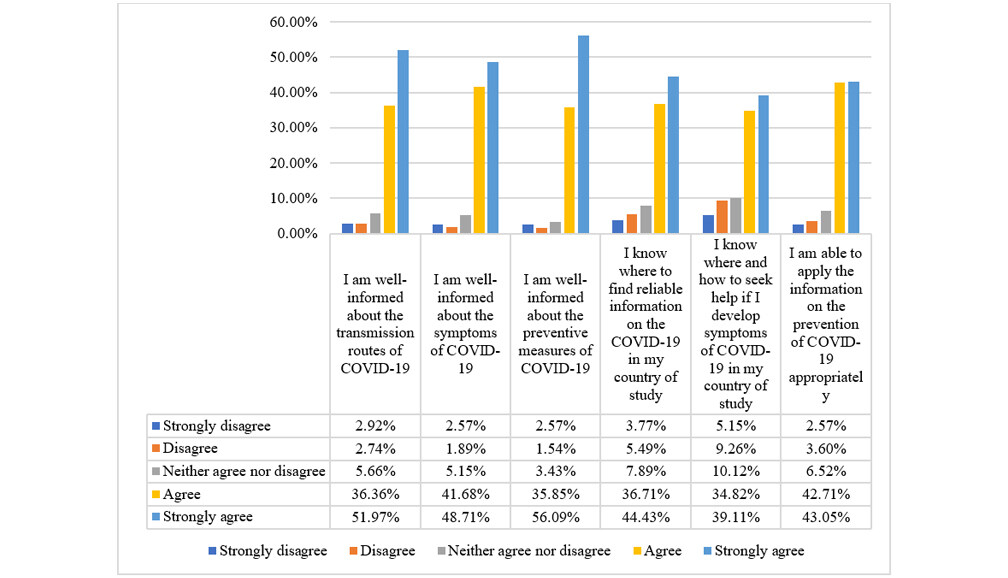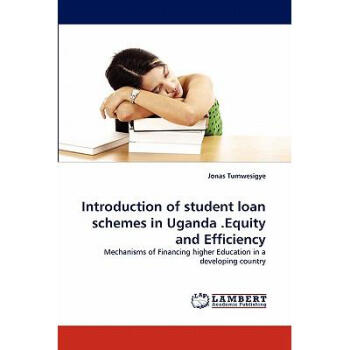### Understanding Unsubsidized Loans: A Comprehensive Guide for Students
Guide or Summary:Eligibility for Unsubsidized LoansLoan Limits and Interest RatesRepayment OptionsManaging Interest Accrual**What are Unsubsidized Loans?**U……
Guide or Summary:
- Eligibility for Unsubsidized Loans
- Loan Limits and Interest Rates
- Repayment Options
- Managing Interest Accrual
**What are Unsubsidized Loans?**
Unsubsidized loans are a type of federal student loan that are not based on financial need. Unlike subsidized loans, where the government pays the interest while you are in school, unsubsidized loans begin accruing interest as soon as the loan is disbursed. This means that students are responsible for the interest that accumulates during their time in school, as well as during any grace periods or deferment periods.

Eligibility for Unsubsidized Loans
To qualify for unsubsidized loans, students must complete the Free Application for Federal Student Aid (FAFSA). There is no requirement to demonstrate financial need, making these loans accessible to a broader range of students. Both undergraduate and graduate students can apply for unsubsidized loans, which can help cover the cost of tuition, fees, room and board, and other educational expenses.
Loan Limits and Interest Rates
Unsubsidized loans have specific borrowing limits that depend on the student's year in school and dependency status. For undergraduate students, the annual limit ranges from $5,500 to $12,500. Graduate students can borrow up to $20,500 per year. The interest rates for unsubsidized loans are fixed and are set by the federal government, typically changing each year. It's important for students to stay informed about these rates, as they can significantly impact the total cost of borrowing.

Repayment Options
Repayment of unsubsidized loans begins six months after graduation, withdrawal, or enrollment in less than half-time status. Students have various repayment plans available, including standard, graduated, and income-driven repayment plans. It's crucial for borrowers to understand their options and choose a plan that best fits their financial situation.
Managing Interest Accrual
Since interest on unsubsidized loans begins accruing immediately, borrowers should consider making interest payments while still in school. This can help reduce the overall loan balance and save money in the long run. Additionally, students can explore options for deferment or forbearance if they face financial difficulties after graduation.

Unsubsidized loans can be a valuable resource for students seeking to finance their education. While they offer flexibility and accessibility, it's essential for borrowers to understand the implications of accruing interest and the importance of repayment planning. By staying informed and proactive, students can effectively manage their unsubsidized loans and work towards achieving their educational goals without being overwhelmed by debt.